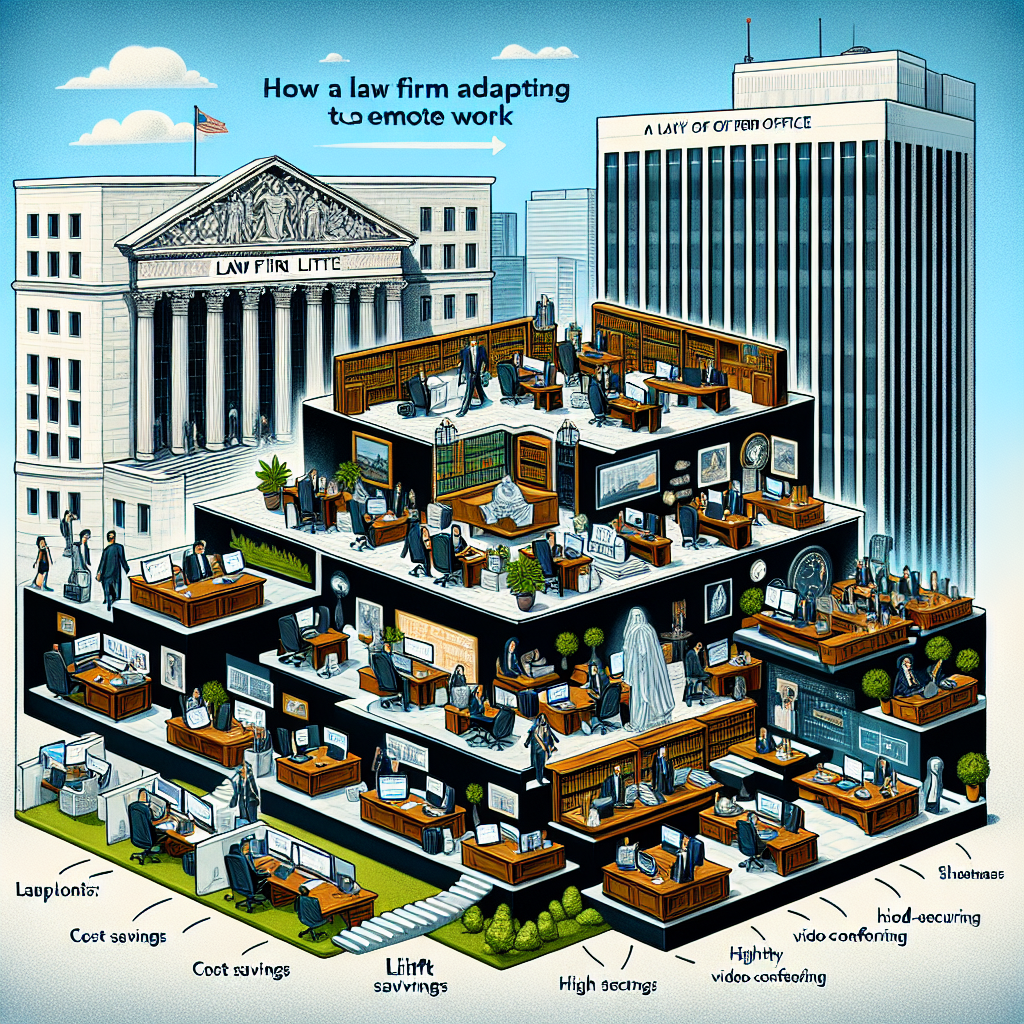Explore how LegalTech is transforming law practices with technologies like AI, blockchain, and cloud computing, driving efficiency and innov...
Explore how technological disruption is reshaping the legal sector with trends like AI, blockchain, and cloud solutions, enhancing efficienc...
Top News
Technology
Explore how LegalTech is transforming law practices with technologies like AI, blockchain, and cloud computing, driving efficiency and innovation in the legal field.
Saturday, 28 June 2025
Read more
-
Technology Disruption in the Legal Sector: Recent Trends and Implications
Saturday, 28 June 2025
-
Navigating the Rise of Artificial Intelligence in Legal Practices
Saturday, 21 June 2025
-
AI's Impact on the Legal Tech Landscape: A Dynamic Shift in Law Practices
Saturday, 21 June 2025
-
AI in Legal Research: Transforming the Landscape of Law Practices
Saturday, 21 June 2025
News Roundup
Discover the latest trends in legal ethics as technology reshapes the legal landscape, including the rise of AI in legal research and virtual courtrooms.
Saturday, 28 June 2025
Read more
-
The Latest Trends in Legal Tech: Transforming Law Practices
Saturday, 14 June 2025
-
Recent Developments in Corporate Compliance: Ensuring Ethical Business Practices
Saturday, 14 June 2025
-
The Rise of Digital Courtrooms: How Technology is Shaping the Future of Litigation
Sunday, 01 June 2025
-
The Rise of ESG in Corporate Law: A Crucial Trend in Modern Legal Practices
Sunday, 01 June 2025
Below the Bar
Former lawyer Alex Murdaugh, who is already serving two life sentences for murdering his family, was handed another 27-year sentence related to a multitude of financial crime charges. So reports the BBC.
Monday, 04 December 2023
Read more
-
Ohio Lawyer Suspended For A Year After Bizarre Pringles Can Feces Prank
Monday, 04 December 2023
-
Florida Attorney Accused of Trying to Blow Up Chinese Embassy in Washington
Saturday, 11 November 2023
-
Bankruptcy Judge Out After Secretly Designating Girlfriend As 'Special Conflicts Counsel'
Friday, 20 October 2023
-
DOE Settles Loan Misappropriation Suit with 'Freestanding' Law Schools
Monday, 04 September 2023
People
A lack of "access to success" is the main reason senior female attorneys are substantially more likely to walk away from law than their male counterparts.
Thursday, 14 November 2019
Read more
-
ABA Speech Code Would've Appalled ‘Framers’: Opinion
Saturday, 20 August 2016
-
Alleged Charleston Church Murderer Seeks to Waive Jury Trial
Saturday, 11 June 2016
-
Utah Man, Senator Concerned with ISP Porn Filter Law
Friday, 27 May 2016
-
'The Jinx' Subject Robert Durst Sued by Ex-Wife’s Family
Saturday, 05 December 2015
Popular Articles
- Most read































 What is document automation?
What is document automation?



